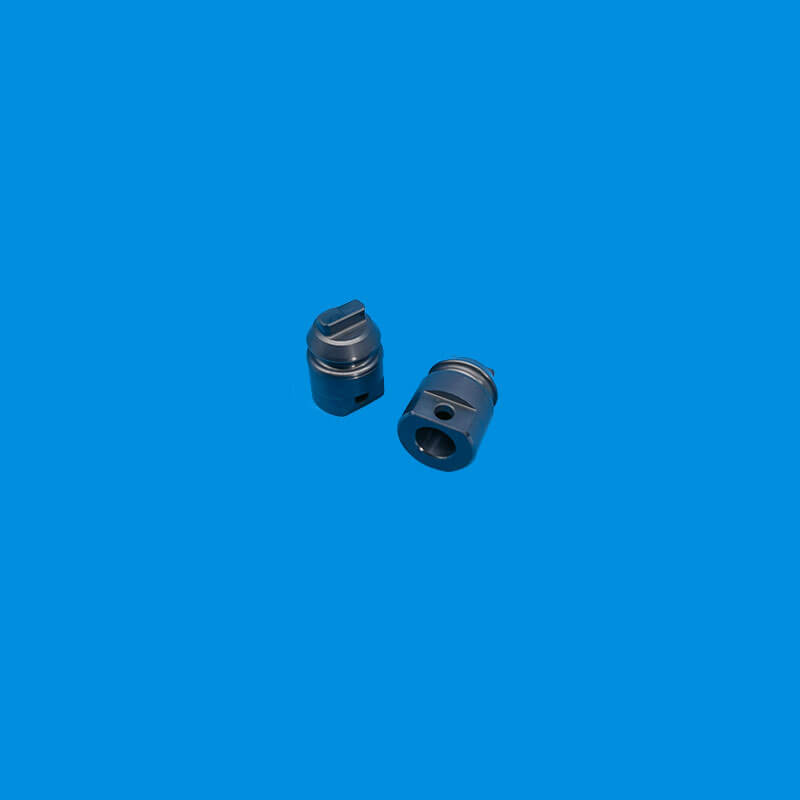
Ceramic material: Silicon carbide(SiC)
- Processing accuracy: +0.005mm
- Product features: wear-resistant, high temperature resistant, high hardness, high strength, high toughness
- Available color: black
- Customized processing: Customized processing can be made according to drawings
- Minimum Order:1 PC
- Delivery Time:3-25 days(depends on the quantity)
- Customization:Per your request
- Supply Ability:100000PCS/M( according to product structure)
- Payment Term:T/T, L/C, D/P.
Mohs hardness 9.2 to 9.6 Density: 3.2g/cm³ Under high temperature and normal atmosphere (air, oxygen), the highest temperature it can withstand is about 1700℃
Product Details
Silicon carbide (price is about 100 yuan/KG) has a pressureless sintering purity of 95% and a reaction sintering purity of 84% (also known as: carbon silicon stone, diamond sand or refractory sand). The chemical formula is SiC. It is a refractory material made of quartz sand, petroleum coke (or coal coke) and sawdust through high-temperature smelting in a resistance furnace. There are two commonly used basic varieties of silicon carbide, black silicon carbide and green silicon carbide, both of which belong to α-SiC.
① Black silicon carbide contains about 95% SiC, and its toughness is higher than that of green silicon carbide. It is mostly used to process materials with low tensile strength, such as glass, ceramics, stone, refractory materials, cast iron and non-ferrous metals.
② Green silicon carbide contains more than about 97% SiC and has good self-sharpening properties. It is mostly used to process cemented carbide, titanium alloy and optical glass. It is also used for honing cylinder liners and fine grinding high-speed steel tools.
③Pure silicon carbide is a colorless and transparent crystal. In addition, there is cubic silicon carbide, which is a yellow-green crystal made by a special process. The grinding tools used to make it are suitable for super-finishing of bearings, and can make the surface roughness from Ra32~0.16 microns to Ra0.04~0.02 microns in one go. They are all hexagonal crystals with a specific gravity of 3.20~3.25 and a microhardness of 2840~3320kg/mm2. The hardness of silicon carbide is very high, with a Mohs hardness of 9.5 and a use temperature of 1550°C.
Reaction sintering is to make free silicon penetrate into silicon carbide at a lower temperature. Pressureless sintering is a silicon carbide product formed by natural shrinkage at 2100 degrees.
Reaction-sintered silicon carbide ceramics are a kind of craftwork. They are pressed into a green blank by fine-grained α-SiC and additives. When they are in contact with liquid silicon at high temperature, the carbon in the blank reacts with the infiltrated Si to generate β-SiC, which is combined with α-SiC. The free silicon fills the pores, thus obtaining a ceramic material with high density. It can be used in medium-concentration acid or alkali media.
Pressureless sintered silicon carbide ceramics are made of high-purity, ultra-fine silicon carbide powder as raw materials, with a small amount of sintering aids added. They are sintered at a high temperature of 1950~2100°C under normal pressure, in an inert gas or vacuum atmosphere. The relative density of SiC ceramics obtained by pressureless sintering is greater than 95% of the theoretical density, and the grains are fine with an average size of 1.5μm.
The purity level of silicon carbide is usually divided into the following grades:
Industrial grade: The purity is about 85%~95%, mainly used in traditional industrial fields such as smelting, grinding, and pottery making. 1
Metallurgical grade: purity is about 95%~98%, used in the metallurgical industry.
Electronic grade: purity is about 98%~99.999%, used to manufacture optoelectronic devices and integrated circuits. 2
Ultra-high purity grade: purity is about 99.999% or more, widely used in the preparation of high-end devices and materials such as optoelectronics, semiconductors, and thermoelectrics.
Sub-nano grade: purity is 99.9%, used for silicon carbide powder of a specific size. 3
Nano grade: purity is ≥99.9%, used for the preparation of ultra-fine powders.
It should be noted that the higher the purity level, the wider the application range of silicon carbide, and the lower the purity level, the narrower the application range. For example, industrial-grade silicon carbide is mainly used in traditional industrial fields, while ultra-high purity silicon carbide is used in the preparation of high-end devices and materials.
Video Center
Application Scenario














